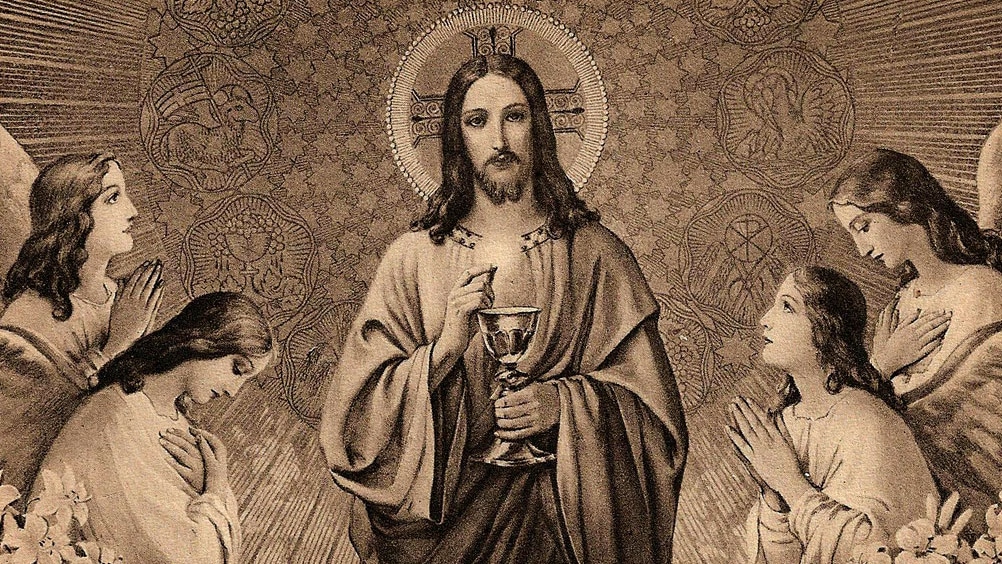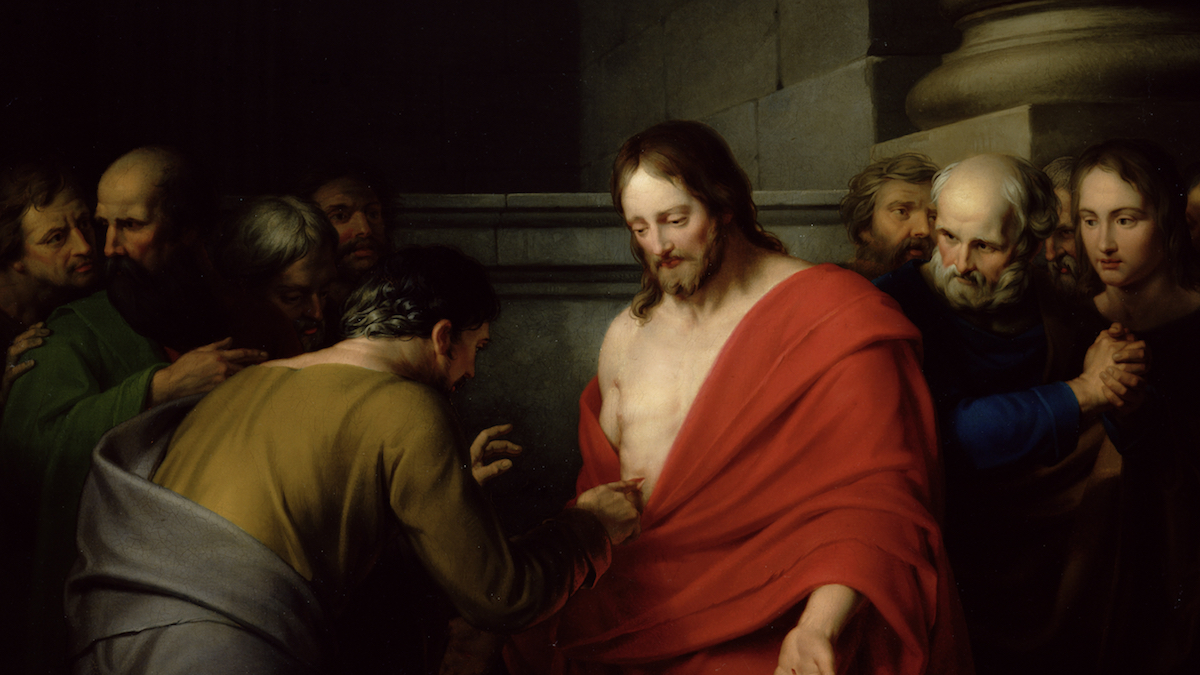Peace be with you. This is the Easter greeting given by Jesus to His disciples who were locked in behind closed doors for fear of the Jews.
A house that is locked up with shut doors and closed shutters or, even worse, boarded up, produces a sinking feeling of failure, of something winding down, of a reality coming to an unwanted closure, or even of possible danger and/or death itself. Last summer, we saw this repeated too many times in cities like Minneapolis, New York and Portland and our hearts were anguished for those who lost their livelihood and/or their lives. Elsewhere, the blight is equally depressing; it forces everyone with a heart to wonder if it is possible to bounce back and breathe new life in the formerly prosperous cities like Detroit.
Hence, Peace be with you, repeated more than once, is meant as a command, almost overdue, to reverse the decision to shut down, to end the operation, to circle the wagons. It is a command to open up again for business, for a new activity, for life itself.
Therefore, Peace be with you must be the personal, special, unique invitation from the Risen Lord himself directed at all those who have tasted for too long darkness, failure, anguish and, perhaps, even the smell of death.
Now, since those to whom Christ wishes to bestow his peace are facing daunting tasks; since the situations can be quite messy and so hopeless as to discourage many, I think I need to remind you of the true meaning of the peace that the Risen Lord offers. Peace, shalom in Hebrew, is simply the order, the harmony, the beauty, the perfection that God had placed in all parts of His original creation.
The book of Genesis tells us that when God was all done creating the world, He stepped back to admire His handiwork and found everything to be GOOD, very GOOD.
That was “peace.”
In his victory over disorder, evil, unrest, disharmony, gloom, destruction and death, Jesus, rises from all that ugliness and pain to breathe his Spirit as the first step toward true peace. In his breathing on us prompted by immense compassion for our predicament, the Lord begins to put all the pieces back together and renews the face of the earth. Hence, the peace that Jesus gives is the beginning of a new creation rising from wounds, from messiness and disorder. And what is most comforting and enlightening is the fact that the Risen Lord shows his glorified wounds to the first group of frightened disciples, and to us, today, while insisting that we, too, touch them and believe.
But, what is so special about those wounds? And, significantly, what is so revealing about Jesus’ wounds nowadays that His Body has grown to be so large as to include every man and every woman of good will across the globe?
As the Acts of the Apostles (4:32-35) seems to indicate, earlier on, when his Body was comprised of some small communities of believers, peace was already achieved. It seems that the gift of peace from the Risen Christ was already making a difference and creating a remarkable transformation in the lives of a multitude of believers. However, as we read on in the Acts of the Apostles, we discover that the description was far from being accurate: there were divisions; there were frictions; there was lack of faith, lack of trust in God, lack of brotherhood and sisterhood, just as we notice nowadays. Therefore such a lofty depiction was, and remains, the ideal image of a Church once the gift of peace has been not only fully, generously given by Christ, but fully longed for and embraced by all believers.
In this case, we understand why Christ still has frightening wounds all over his Body touched by Thomas, touched by each one of us, albeit oftentimes unintentionally, without the stirring of deep emotions and sincere interest.
All over the Body of Christ there are two types of wounds: the wounds of sin and the wounds of love. To be more accurate, Jesus, the Head of the Body, has only wounds of love, but His Body, i.e., each and every one of us carries a combination of the two: wounds of sin and wounds of love.
Let me share with you an insight that is about these wounds of love in Jesus which, now I can see also in His Body. As you can easily imagine, over the years, I have deposited the Bread of Life on all kinds of hands, of all sizes and of all shapes, and in all conditions. Of late, thinking about the wounds of love on the Body of Christ, I have begun to notice them on your hands.
I notice wounds of love on the hands of mothers. They are caused by the wet mop, the vacuum cleaner, the dusting rags, the dishwashing detergent, by the countless laundry loads, and the cooking and the gardening, and the diaper-changing and the innumerable other chores that are done around the home and, in this day and age, more and more at a second workplace.
I see the wounds of love on fathers’ hands. They, too, have visible signs of hard work done so often amid the insecurity of this post-modern world of ours. Some of them are so rough and callous that I wonder how they can also become gentle and reassuring whenever they hug or stroke gently.
There are wounds of love caused by any type of honest work and sincere caring, visible on the hands of people of all ages. And that is refreshing!
It means that the peace of the Risen Lord has enlightened our future, somewhat; that it has driven away fear, somewhat; and instilled hope, somewhat.
Thus, perhaps, the time has come for us to heed Christ’s invitation to touch a different kind of wounds on His Body, the wounds caused by indifference, neglect, hatred, vengeance and selfishness. The more our spiritual eyes have been trained to spot the wounds of sin on the Body of Christ, the more ready and willing we should be to welcome his gift of peace.
To this end, we shall receive the Body of Christ in Holy Communion, today and always from now on, with this awareness that our hands and our entire bodies carry the wounds of sin and the wounds of love. To this end, we shall receive the Body of Christ in Holy Communion, and ask the Lord to fill us with sincere trust in his power and love so that we, too, may be ready to remove all scars of wounds caused by sin both in ourselves and in those people whom He has placed in our life.
In this way, thanks also to our humble contribution, the Body of Christ might soon show only wounds of love for all to see and to believe.








